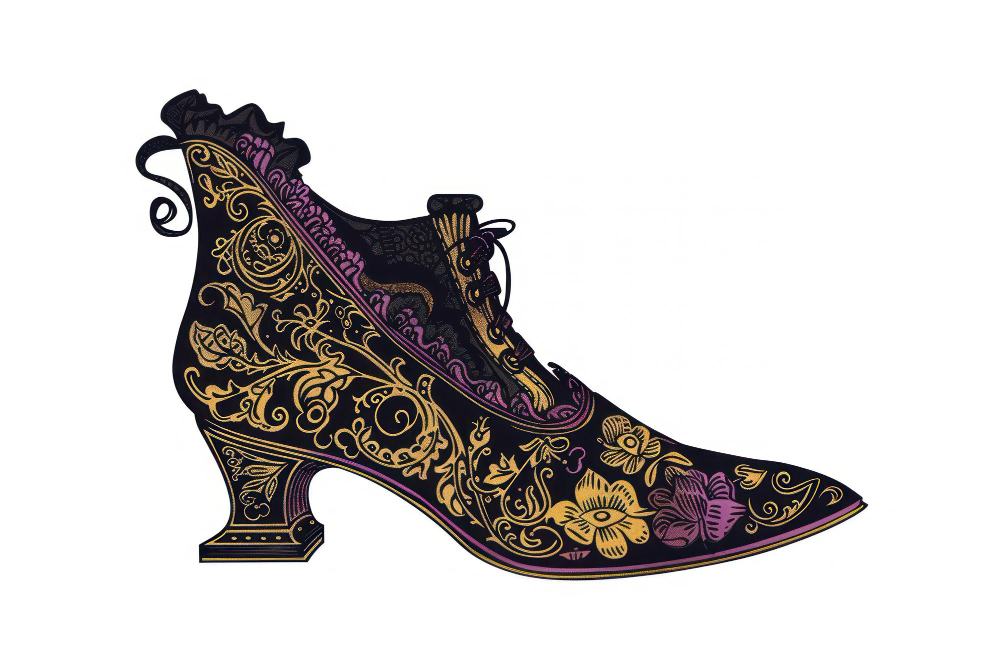Introduction: More Than Just a Fashion Statement
Today, high heels are often associated with glamour, femininity, and high fashion. But the history of high heels is anything but straightforward—and certainly not limited to women or style. Originally designed for men and rooted in function, high heels have walked a long and unexpected path through time.
From Persian warriors to French royalty to red carpets, the origin of high heels reveals a fascinating journey of shifting gender norms, class symbols, and cultural transformations. Let’s lace up and step into the surprising past of this iconic footwear.
Where It All Began: High Heels for Horsemen
Long before heels strutted down fashion runways, they served a very practical purpose in Persia (modern-day Iran) around the 10th century.
- Persian cavalry wore heels to help keep their feet in stirrups during combat.
- The raised heel provided stability while shooting arrows from horseback.
- This functional use later caught the eye of European elites, who admired Persian military style.

So, if you’ve ever wondered “why were high heels invented?”, the answer is simple: to kill more effectively on horseback.
From Battlefield to Ballroom: Heels in European Royalty
By the early 1600s, high heels had reached Europe—specifically France and Italy—and quickly became a symbol of status and power, particularly for men.
- King Louis XIV of France was a major heel enthusiast. His red-soled heels became famous and strictly reserved for nobility.
- Heels weren’t just fashionable—they were a declaration of wealth. After all, only the rich could afford impractical shoes.
Around this time, both men and women began wearing heels. But it was still the upper class who embraced them, often with elaborate decorations, embroidery, and height.
The Gender Shift: From Masculine to Feminine Footwear
In the 18th century, fashion trends began to change:
- Men’s shoes grew more practical, reflecting Enlightenment ideals of reason and simplicity.
- Women’s shoes, however, became more decorative—and the high heel became increasingly associated with femininity.
By the 19th century, heels had disappeared almost entirely from men’s wardrobes. The evolution of high heels was now tied closely to female fashion and ideas of beauty, posture, and sexuality.
Heels in the Modern Era: Hollywood, Power, and Identity
In the 20th century, high heels became fashion staples for women around the world:
- 1920s–40s: Low heels and pumps dominated.
- 1950s: The invention of the stiletto heel revolutionized footwear—thanks to designers like Roger Vivier working with Christian Dior.
- 1980s–90s: Power dressing brought back high heels as a symbol of professional ambition and sexual confidence.
Celebrities, movies, and fashion designers cemented the heel as a tool of empowerment, expression, and sometimes controversy.
Cultural Meanings and Controversies
High heels are not without criticism. Today, they raise questions about:
- Gender expectations and traditional beauty standards
- Health risks (posture problems, back pain, foot damage)
- Workplace dress codes that require women to wear heels
Still, many embrace them as symbols of style, confidence, and personal identity. In recent years, some men have also re-entered the high heel world—especially in fashion and queer communities.
Fun Facts About High Heels
- Red bottoms weren’t invented by Louboutin—Louis XIV did it first.
- The tallest high heels on record measured over 20 inches.
- Catherine de’ Medici is often credited with introducing heels to the French court to appear taller and more powerful.
Conclusion: Walking Through Time in Style
The history of high heels is as layered as the shoes themselves—part military gear, part royal accessory, and part modern fashion statement. From the origin of high heels in Persian battlefields to their evolution into today’s bold and expressive styles, heels have always said more than meets the eye.
So next time you slip on a pair, remember: you’re walking in the footsteps of warriors, kings, queens, and rebels.


